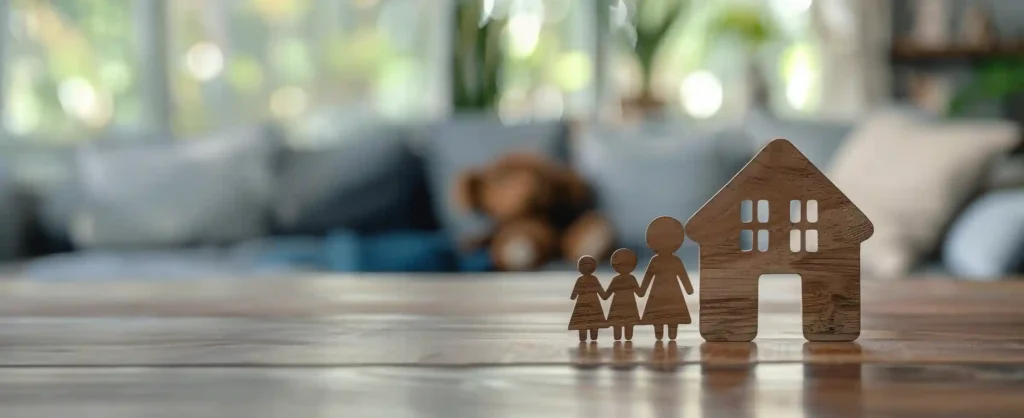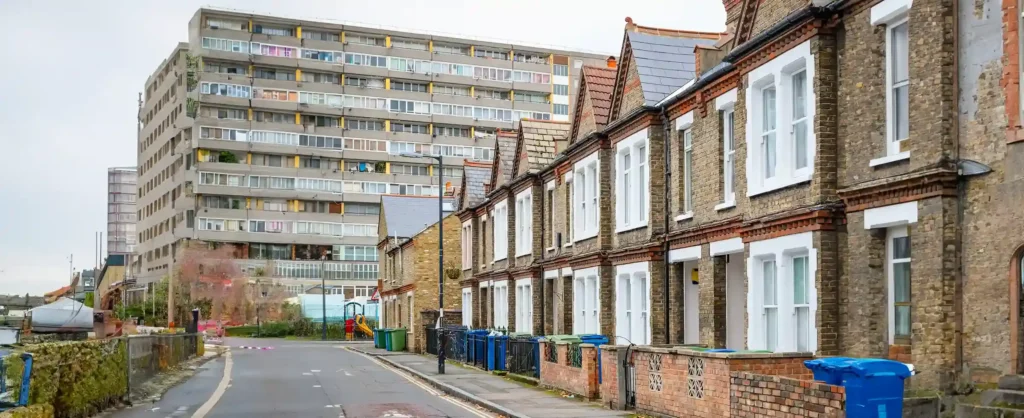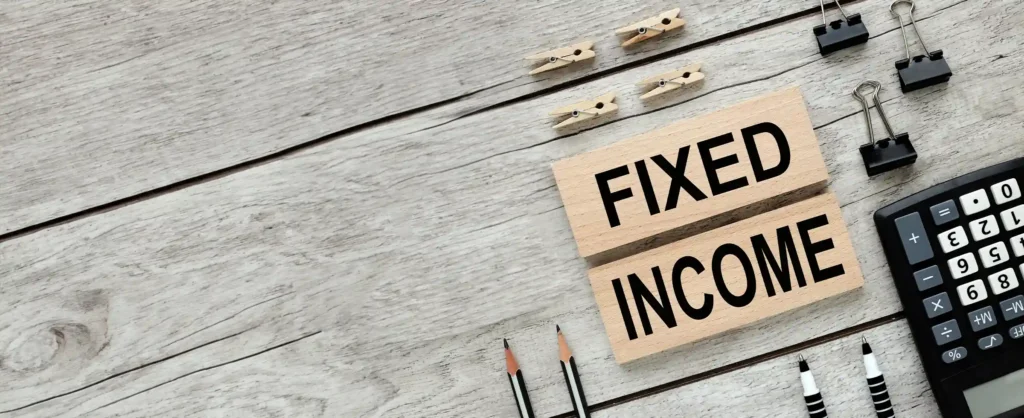It has been just over 15 years since Ujima, one of the UK’s first and most successful BME housing associations, fell into bankruptcy and closed its doors forever.
At its peak, Ujima was responsible for managing approximately £1bn in assets and had been pursuing rapid expansion to provide a multi-faceted approach to housing that could also support health and social care initiatives. Now, it is a distant memory of a bygone era, representing the tragic fall of a once meaningful movement that hinged on affordable housing for Black and Minority Ethnic (BME) tenants.
But exactly how much has changed for BME tenants and homeowners since Ujima came and went?
Data from the Department for Levelling Up, Housing and Communities shows that, while 68% of White British households owned their homes in 2020, only 20% of Black African households had the same privilege. This made them the ethnic group with the lowest rate of homeownership in the UK. Similar data shows that white households were less likely to be in fuel poverty than households from all other ethnic groups combined and that Black Britons have been historically overrepresented in the nation’s homeless population.
With so much evidence of the systemic disadvantages still facing the UK’s BME population when it comes to housing, the question of how much BME housing associations lessened these disadvantages and what benefits we could draw from them in a modern setting must be posed. While that question is largely rooted in the future of our nation’s housing strategies, finding the answer will require a close look at the decades-long history of BME housing associations.
The First BME Housing Associations
The early need for specialist BME housing providers was recognised as early as the 1950s. Immigrants who had come or been brought to England for various reasons found themselves routinely victimised by the public and private sector rental markets. When hunting for a home to buy or let, it was not unusual to encounter signs in windows reading ‘No Blacks, No Dogs, No Irish’. Although the 1968 Race Relations Act went some ways towards addressing this injustice by making it illegal to deny second-generation immigrants “the jobs for which they are qualified and the houses they [could] afford”, the subtlety and systemised nature of discrimination made its terms difficult to properly enforce.
Adapting to a hostile housing market, Black Caribbean immigrants developed robust networks within their communities to help source accommodation. They even compensated for a lack of readily available loans and mortgages due to discriminatory policies by developing their own lending and banking system known as the ‘pardner saving system’. Though this more cooperative approach to financing gave members a chance to buy their own homes, these homes were often substandard, and their limited supply led to overcrowding.
It became increasingly obvious that the Black community would need to unify and organise to carve out a place for itself within the housing market. This resolve led to the eventual formation of various housing associations for (and often by) Black Britons. London’s Metropolitan Coloured People’s Housing Association (now known as Metropolitan Thames Valley), was developed in the 50s to provide good quality, affordable housing to Caribbean immigrants. Meanwhile, Leeds saw the formation of the country’s first dedicated housing provider for BME communities in Aggrey Housing Limited, now merged into the Leeds & Yorkshire Housing Association.
These housing associations marked the first step towards a more progressive and inclusive British housing market and signalled an increased political awareness among BME immigrants who had begun to recognise how the system marginalised them and how they could formally act against it.
Mainstream Opposition, Evolution and the Start of Ujima
Unfortunately for these early innovators, the 1974 Housing Associations Act introduced a new policy that broke specific areas into ‘zones’ and limited the jurisdiction of all housing associations to certain zones. While these zoning laws empowered major housing associations to acquire significant funding to build social and affordable housing, the smaller, Black-led housing associations were left relatively deprived and forced to compete with the rapid territorial expansion of mainstream competitors. Many – like the previously mentioned Coloured Peoples Housing Association – were swallowed up by mergers and acquisitions.
It was during this period of intensified competition that the Ujima Housing Association was founded. Derived from a Swahili term for ‘working together’, Ujima emerged into the housing market in 1978, when political activism was an increasingly hot topic for Black Britons. Section 4 of the always controversial Vagrancy Act of 1824 was increasingly being used as a precedent for law enforcement to harass Black men. Colloquially known as the ‘sus law’, it vaguely stated that any suspected person could be ‘deemed a rogue and vagabond’, allowing police to stop, search or even arrest them purely under the assumption that they intended to commit an offence.
Originating from a Black-led volunteer organisation that sought to develop Black communities and educate Black youth, the group that would become Ujima noticed a trend in which poor quality or inconsistent housing was being increasingly linked to delinquency among Black British youth. What started as a London-based drop-in centre for housing advice quickly developed into a group of volunteers committed to providing temporary accommodation to Black communities.
After finally achieving registration in 1980 and becoming eligible for the same funding as other housing associations, Ujima began to branch more generally into property investment and development while keeping its commitment to black communities at the forefront of its strategy.
At the same time, other mainstream BME housing associations came onto the scene. Bristol’s United Housing Association was formed in the mid-80s when civil rights proponents local to the area banded together to address the problem of unequal access to adequate housing affecting the Caribbean community. In Reading, the manager of a hostel for young Black people founded the Federation of Black Housing Organisations (FBHO) to serve as an umbrella body for BME housing associations and to lobby the government on their behalf. This marked a turning point in the political leverage of Black housing associations as, in 1986, the FBHO initiated the first Black housing strategy and helped found roughly 40 BME housing associations throughout the UK over the following years.
Despite ongoing racial prejudice and discrimination, Black housing associations broke through to help establish a growing market presence that could no longer be ignored.
Are BME Housing Associations Still Needed?
In more recent years, most BME housing associations either grew to incorporate all underrepresented minority ethnic groups in their strategies, deviated from a BME focus altogether or were simply lost to mergers, acquisitions and, in the case of Ujima, bankruptcy.
The days when these housing associations were considered an absolute necessity are seemingly gone, but the UK’s BME population still struggles with the lingering effects of systemic oppression and the obstacles it has established in securing a more representative foothold in housing, especially with the cost of living crisis making already dire straits even more challenging for the average tenant.
A report by BME National suggests that there may still be room for BME housing associations to level a still uneven playing field for BME communities, with research suggesting that refugees and asylum seekers especially could benefit from specialist organisations. Homelessness charity Shelter also argues that Right to Rent checks are biased against people of colour, using research from the Joint Council for the Welfare of Immigrants to evidence that 51% of landlords were less likely to consider renting to foreign nationals due to the scheme and that BME renters were 14% more likely to receive a negative response from landlords compared to their White British counterparts.
Research into structural racism in housing by the Joseph Rowntree Foundation further supports a continued need for BME housing associations in the UK, with highlights including:
- More than a quarter of BME working adults spending over a third of their income on housing compared to just over 1 in 10 white working adults
- 8 in 20 BME households being affected by recent benefit caps in England despite only representing 3 in every 20 households in the total population
- All but one of the top 10 most ethnically diverse local authorities in England outside of London showing a significantly higher eviction rate than the 10 least diverse
Even as we strive to progress towards a fairer housing market for all, it would seem BME communities could be better served by organisations that specifically represent their unique interests and challenges. Whether those are BME housing associations or other similarly positioned groups could be less relevant.
How Concept Capital Group Commits to Less Discriminatory Housing
At Concept Capital Group we commit to social impact at all levels of our business. From catering to vulnerable tenants who are traditionally displaced or discriminated against in traditional private rented housing to offering investors from all backgrounds a more accessible opportunity to earn a passive income through buy-to-let property, we emphasise making housing mutually beneficial.
In terms of social responsibility, we work with charities like the British Red Cross and the Kiyan Prince Foundation to support disadvantaged communities. This allows us to ensure that our impact extends as far beyond the reach of our business model as possible.
Interested in making an ethical investment this Black History Month? You can learn more about our products, services and social impact by booking a call with our team today.













